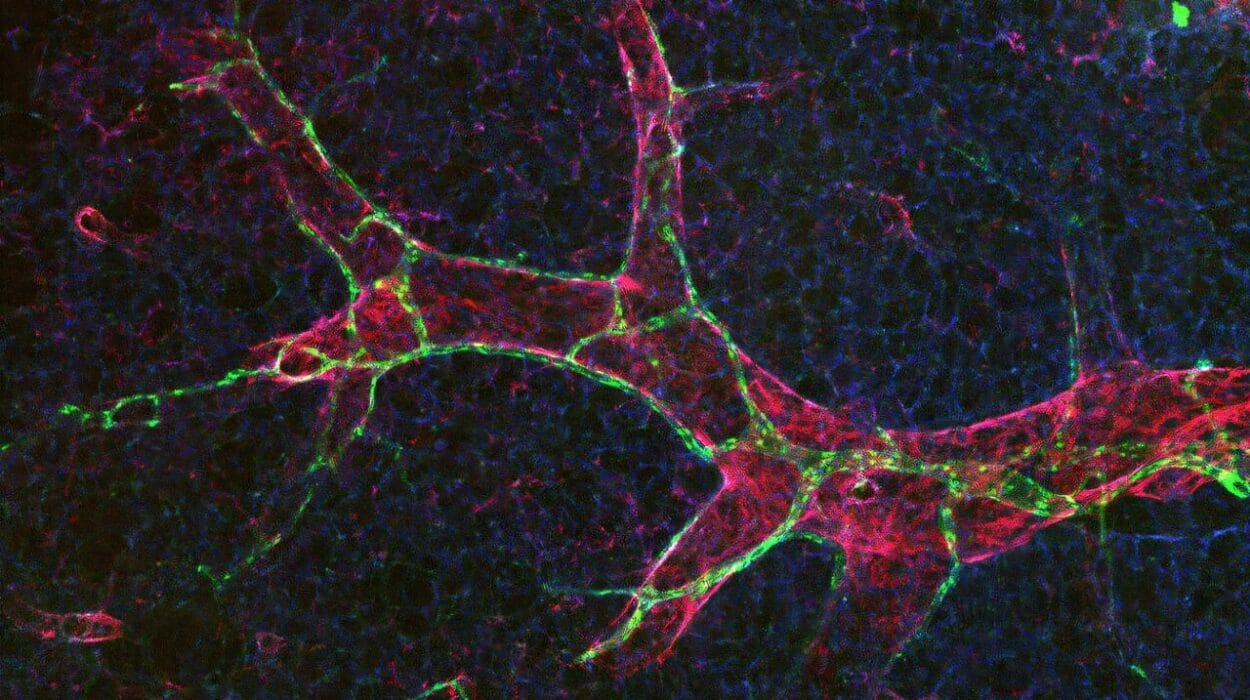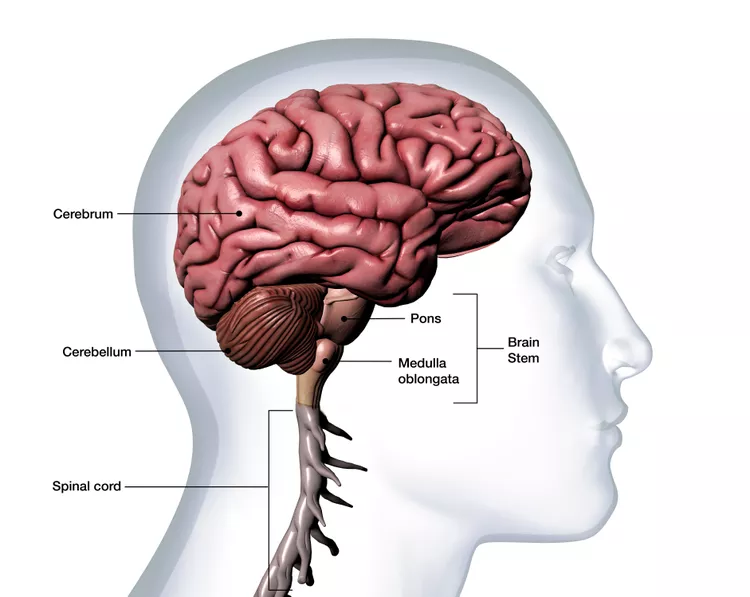Your heart is more than just a muscle—it’s the metronome of your life. With every beat, it pushes blood through more than 60,000 miles of blood vessels, delivering oxygen and nutrients to your entire body. And just like any other muscle, it needs care, attention, and regular exercise to stay strong.
Yet in our fast-paced modern lives, heart health often takes a back seat to convenience. We spend hours sitting, scrolling, driving, working—often ignoring the silent toll this sedentary lifestyle takes on the very organ that keeps us alive. Heart disease remains the leading cause of death globally, and the most heartbreaking part is that much of it is preventable.
Regular exercise is one of the most powerful tools in your arsenal to protect and strengthen your heart. But what kind of exercise? How much is enough? And can working out really make a difference if you already have heart issues?
This article dives deep into the world of heart-friendly workouts—not just to tell you what’s best, but to explain why it works. Through the lens of science, personal empowerment, and a touch of inspiration, you’ll discover how movement can literally rewrite your heart’s future.
Understanding How Exercise Impacts Your Heart
Before we explore specific exercises, it’s important to understand how physical activity affects your heart on a physiological level. When you engage in aerobic activity—think brisk walking, swimming, or cycling—your muscles require more oxygen. Your heart responds by pumping more blood to deliver that oxygen, which means it has to work harder and faster.
Over time, this “cardio conditioning” strengthens your heart muscle, enabling it to pump more blood with less effort. This efficiency reduces your resting heart rate and lowers your blood pressure, both of which are key factors in reducing your risk for heart disease.
Exercise also helps regulate cholesterol by increasing HDL (good cholesterol) and decreasing LDL (bad cholesterol), while improving your body’s sensitivity to insulin and reducing inflammation. Add in weight management, mood improvement, and stress reduction, and you begin to see why exercise is a wonder drug for cardiovascular health.
Walking: The Underrated Superpower
Let’s start with the most accessible, forgiving, and surprisingly powerful exercise of all—walking. It doesn’t require a gym membership, special shoes, or a detailed plan. Yet brisk walking for just 30 minutes a day has been shown to reduce the risk of heart disease significantly.
Walking improves circulation, boosts cardiac output, and gently conditions the heart without putting undue stress on the joints. It’s especially ideal for beginners, seniors, or those recovering from cardiac events. Whether it’s a peaceful stroll in the park or a power walk through the neighborhood, walking offers a foundation on which all other exercises can be built.
The key is consistency. Walking daily, especially at a pace that elevates your heart rate, can work wonders over time. It’s also meditative, helping to reduce stress—a crucial factor in heart disease prevention.
Running and Jogging: The Heart’s Personal Trainer
If walking is the warm-up, running is the workout. Running offers a vigorous cardiovascular challenge that increases heart rate, builds stamina, and burns calories efficiently. For people without existing heart conditions, jogging or running three to five times per week can dramatically enhance heart health and longevity.
Running forces your heart to adapt, becoming stronger and more efficient with each mile. It improves aerobic capacity, reduces arterial plaque buildup, and encourages the growth of new blood vessels—a process known as angiogenesis.
However, running isn’t for everyone. High-impact and joint-heavy, it can be tough on knees and hips, especially for those who are overweight or aging. If you’re new to it, start slow with interval training (walk-run-walk), gradually increasing your running time. And always listen to your body—pushing too hard, too soon can backfire.
Cycling: The Low-Impact Cardio King
Whether on a stationary bike or a scenic country road, cycling offers a heart-pumping workout with minimal joint stress. It engages large muscle groups in the legs, promoting circulation and enhancing aerobic fitness. Unlike running, cycling is low-impact, making it ideal for those with joint concerns or past injuries.
Regular cycling strengthens the heart, lungs, and vascular system. It’s also a practical way to integrate exercise into your daily routine—biking to work or to run errands doubles as transportation and workout.
Cycling can also be intensely enjoyable. With the wind in your hair and the rhythm of pedaling, many people find it easier to stick with than other exercises. Whether it’s a solo ride, a spin class, or a group tour, cycling is a heart-healthy choice that fits into nearly any lifestyle.
Swimming: The Full-Body, Full-Heart Workout
Water has a magical quality—it supports your body while offering resistance, making swimming an exceptional workout for the heart. Swimming engages both upper and lower body muscles, providing a total-body cardiovascular challenge that improves endurance, strength, and flexibility.
For heart patients or those with arthritis, swimming is particularly beneficial. The buoyancy reduces strain on joints while still allowing for a robust aerobic workout. Even moderate-paced laps can elevate heart rate and improve circulation.
Additionally, swimming has a calming, meditative quality. The rhythmic nature of strokes and breathing promotes relaxation, helping to lower stress levels—a hidden contributor to heart issues. Swimming regularly, even just a few times a week, can make a major difference in cardiovascular health.
High-Intensity Interval Training (HIIT): Heart Health on a Clock
Time-strapped? HIIT might be your best friend. High-Intensity Interval Training involves short bursts of intense activity followed by brief recovery periods. This approach maximizes calorie burn and cardiovascular benefit in a shorter time frame than traditional workouts.
HIIT boosts heart rate quickly and forces the heart to recover multiple times within one session. This improves cardiac efficiency, oxygen consumption, and insulin sensitivity. Studies have shown that HIIT can be particularly effective in reducing abdominal fat and improving cholesterol profiles—two major risk factors for heart disease.
However, HIIT isn’t for everyone. It demands a baseline level of fitness and may be too intense for beginners or those with existing cardiac conditions. That said, modified or low-impact HIIT can be a great middle ground—just ensure you consult with a healthcare provider before starting any high-intensity regimen.
Strength Training: More Than Just Muscles
Many people think weight lifting is just for bulking up or toning, but it plays a critical role in heart health too. Resistance training improves body composition, increases metabolic rate, and helps regulate blood sugar—all crucial elements in preventing heart disease.
Lifting weights doesn’t directly condition the heart the same way aerobic exercises do, but it supports overall health by reducing fat mass, especially visceral fat, which surrounds the organs and contributes to cardiovascular risk. It also improves vascular function and reduces blood pressure.
The American Heart Association recommends incorporating strength training two to three times per week. This can include free weights, resistance bands, or body-weight exercises like push-ups and squats. When combined with cardio, strength training creates a well-rounded fitness plan for heart health.
Yoga: The Heart of Stillness
At first glance, yoga might seem too gentle to make a difference in heart health. But this ancient practice offers a holistic blend of movement, breathing, and mindfulness that works on both the physical and psychological aspects of heart wellness.
Certain forms of yoga—like Vinyasa or Power Yoga—offer moderate cardiovascular benefits, especially when performed in a flowing sequence. But even more gentle styles like Hatha or Yin yoga provide heart benefits through stress reduction, improved blood pressure, and enhanced parasympathetic nervous system activation.
Yoga helps reduce cortisol levels and inflammation, both of which are linked to heart disease. It also promotes deeper breathing, which improves oxygenation and lowers heart rate. As a complement to more intense exercises, yoga adds balance and recovery—making it an essential part of any heart-healthy routine.
Dancing: Cardio That Doesn’t Feel Like Exercise
Dancing is one of the most joyful ways to move your body—and your heart reaps the benefits. From Zumba to ballroom to just grooving around your living room, dancing elevates the heart rate, burns calories, and improves coordination.
The best part about dancing is that it doesn’t feel like a workout. It taps into emotions, creativity, and rhythm. It often happens in a social setting, which adds to its mental and emotional benefits. Dancing regularly can improve blood pressure, aerobic capacity, and overall mood.
For those intimidated by gyms or structured workouts, dancing offers a fun, expressive alternative that still delivers powerful cardiovascular rewards.
Hiking: Nature’s Treadmill
Walking is great. Hiking takes it up a notch—literally. With varied terrain and elevation, hiking challenges your heart, muscles, and lungs while immersing you in the calming power of nature.
Hiking improves endurance and strengthens the lower body, while the inclines give your heart a real workout. Being in nature also lowers stress hormones, improves mood, and reduces anxiety—all of which contribute to a healthier heart.
Even short hikes can provide benefits, especially when done regularly. And the best part? You’ll hardly notice you’re exercising when surrounded by trees, birdsong, and scenic views.
Rowing: The Hidden Heart Hero
Often overlooked, rowing provides one of the best full-body cardio workouts out there. It activates the legs, core, and upper body while demanding coordination and stamina. On a rowing machine or on the water, this activity strengthens the heart and improves oxygen usage.
Rowing helps lower blood pressure and improves arterial function. It’s also low-impact, making it suitable for a wide range of fitness levels. The rhythmic nature of rowing can be both energizing and meditative—a perfect combination for cardiovascular health.
Whether done competitively or as a workout routine, rowing deserves a spot in any heart-focused fitness plan.
The Role of Consistency: Why Frequency Matters More Than Intensity
When it comes to heart health, consistency trumps intensity. Doing a moderate workout five days a week is generally more beneficial than an exhausting session once every few weeks. The heart, like any muscle, responds best to regular challenges followed by recovery.
Consistency ensures that improvements in blood pressure, cholesterol levels, and aerobic capacity are maintained. Skipping workouts for long periods can lead to regression. It’s better to move daily—even gently—than to push yourself sporadically.
One way to build consistency is to integrate exercise into your daily routine. Park further from the store, take the stairs, walk during phone calls, or schedule short breaks for body movement. Over time, these seemingly minor activities accumulate, significantly enhancing cardiovascular fitness.
The Importance of Recovery and Rest
In the pursuit of better heart health, many people forget that recovery is just as important as exercise. Overtraining—especially with high-intensity workouts—can stress the heart and lead to fatigue, insomnia, and elevated cortisol levels.
Adequate rest allows the heart to rebuild stronger. Sleep, hydration, and nutrition all play critical roles in this recovery process. Poor sleep or chronic stress can negate the benefits of physical activity, keeping your heart in a state of tension rather than resilience.
A well-structured weekly routine includes at least one full day of rest, or light activity such as stretching or yoga. This balance ensures that your cardiovascular system stays robust and responsive, not overtaxed.
How to Know If You’re Helping or Hurting Your Heart
Your body sends signals. Learning to listen to them is essential. While exercise should be somewhat challenging, it should never lead to pain, dizziness, or extreme shortness of breath. These could be warning signs of cardiovascular strain.
Monitoring your heart rate can be a helpful tool. A general rule of thumb is to aim for 50–85% of your maximum heart rate during exercise, depending on your fitness level. (A rough calculation: 220 minus your age equals your max heart rate.)
Recovery heart rate—how quickly your heart slows down after exertion—is another good indicator. A rapid drop in heart rate after exercise often reflects good heart health. If your heart rate remains high long after stopping, it may be time to evaluate your fitness plan or speak with a medical professional.
Tailoring Exercise for Those with Heart Conditions
If you have a heart condition, exercise becomes both more important and more complex. The good news is that most heart patients benefit tremendously from structured physical activity. Cardiac rehabilitation programs, which include supervised exercise and education, are often prescribed after heart attacks or surgeries.
The key is personalization. For individuals with arrhythmias, congestive heart failure, or a history of heart surgery, not all exercises are safe. Low-impact, steady-state cardio like walking or swimming is typically recommended. Intensity and duration should be increased very gradually.
Always consult with your healthcare provider before beginning a new exercise program. Medications can also affect heart rate and energy levels, so guidance is essential.
The goal isn’t to train like an athlete—it’s to gently recondition the heart so it can perform daily tasks with less effort and more efficiency. The result? Improved quality of life, reduced risk of future complications, and often, a longer lifespan.
Exercise and Emotional Heart Health
The heart doesn’t only respond to physical exertion. It’s deeply intertwined with our emotional and psychological state. Anxiety, depression, chronic stress, and even loneliness are all independent risk factors for cardiovascular disease.
Exercise directly improves mood by releasing endorphins—natural chemicals that promote feelings of well-being. It reduces levels of stress hormones like cortisol and adrenaline. Even a short walk or light movement can shift your mindset and emotional balance.
Group classes, dance sessions, or partner workouts can also enhance feelings of connection and reduce isolation—an underrated factor in long-term heart health. Feeling emotionally uplifted can be just as valuable as physical conditioning.
If you’ve ever walked out of a yoga class or jogged through a park and felt the weight of the world lighten, you’ve experienced this magic. It’s not just in your head—it’s in your heart too.
Nutrition: The Silent Partner in Exercise
Exercise and diet are two sides of the same coin when it comes to heart health. You can’t out-exercise a bad diet. Regular physical activity improves how your body processes nutrients, but without the right fuel, your heart won’t function optimally.
Focus on heart-friendly foods: whole grains, lean proteins, healthy fats (like omega-3s), fruits, and vegetables. Hydration is equally crucial—water supports blood volume and circulation. Avoid excessive processed foods, added sugars, and trans fats, which can negate the benefits of exercise.
The timing of meals also matters. Exercising on a full stomach can be uncomfortable, while working out on an empty stomach may lead to fatigue. A light, balanced meal 1–2 hours before exercise often works best for sustained energy.
Think of your body as a high-performance machine. What you put in determines how well it runs, especially under physical stress.
Creating a Balanced Heart-Healthy Routine
The best heart-health workout routine is the one you can stick to. It doesn’t have to be perfect—it has to be doable. Aim for a mix of aerobic activity (for endurance), strength training (for muscle and metabolism), flexibility (for injury prevention), and relaxation (for stress management).
A sample weekly plan might look like:
- Monday: 30-minute brisk walk + 10-minute strength training
- Tuesday: Yoga or Pilates (light day)
- Wednesday: Cycling or swimming (moderate intensity)
- Thursday: Strength training + short walk
- Friday: HIIT (if appropriate) or dancing
- Saturday: Hiking or extended walk
- Sunday: Full rest or light stretching
Mixing things up keeps boredom at bay and ensures that different muscle groups—and different aspects of heart health—are addressed. Track your progress, celebrate milestones, and adjust based on how you feel.
Age and Heart Health: It’s Never Too Late
No matter your age, your heart can benefit from exercise. In fact, the older you get, the more essential physical activity becomes. Exercise improves bone density, coordination, and cognitive function—all while safeguarding your heart.
For seniors, low-impact activities like walking, tai chi, water aerobics, or resistance bands are excellent choices. Flexibility and balance training become more important with age to prevent falls and maintain mobility.
Even if you’ve been sedentary for years, starting now can add quality and years to your life. The heart is remarkably adaptable—it’s never too late to give it the care it deserves.
Overcoming Barriers: Making Movement a Habit
Time, motivation, fatigue, pain—there are countless reasons people avoid exercise. But reframing physical activity as a gift to your heart and your future can shift your mindset.
Start with what you enjoy. Hate running? Don’t do it. Love gardening, dancing, or playing with your kids? That counts too. Focus on movement, not perfection.
Set realistic goals. Keep a journal or use apps to track progress. Find an accountability partner or join a fitness community. Even a small improvement—like climbing stairs without getting winded—can be a huge win.
Most importantly, be kind to yourself. Progress is not linear. Missed workouts happen. What matters is that you keep coming back—not for punishment, but for love. Love for the body you live in. Love for the heart that serves you, beat after beat.
Conclusion: The Best Exercise Is the One You’ll Do
There’s no single “best” exercise for heart health. The best exercise is the one you’ll do regularly, the one that fits into your life, lifts your mood, and becomes part of your identity. Whether it’s walking, running, cycling, swimming, dancing, lifting, stretching—or some joyful mix of all—your heart doesn’t care about titles. It cares about movement.
A healthy heart is not just about avoiding disease—it’s about thriving, glowing, and being fully alive. Every step you take, every breath you deepen, every muscle you move sends a signal to your heart: “I care about you.”
So find your rhythm. Make time for motion. Your heart is listening—and it will thank you with every strong, steady beat.






